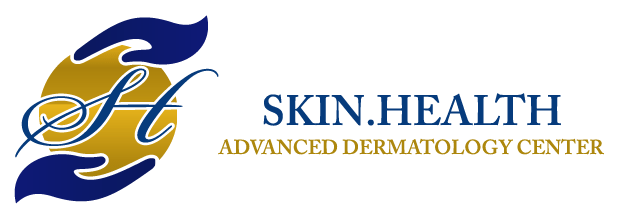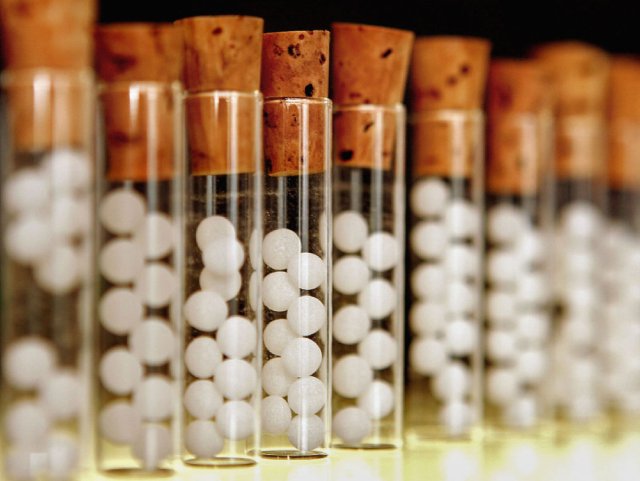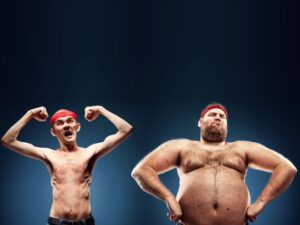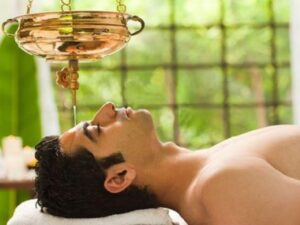In a world where most diseases do not have a permanent cure and medications instill the fear of side effects, patients often look towards complementary and alternative medicine (CAM) with hope. Homeopathy is the most popular of all CAM across the world, but is there any evidence of actual therapeutic benefit?
A British study showed that up to 65% of their population has tried Homeopathy treatment at least once in their lifetime. Complementary and Alternative Medicine (CAM) comprises a large body of treatment modalities which include Ayurveda, Homeopathy, Unani, Siddha, Acupuncture, Acupressure and Shamanism. Homeopathy was founded and developed by a German physician named Samuel Hahnemann. The medicine is based on the “law of similars” and the “law of infinitesimals”.
The law of similars implies that certain symptoms and ailments can be cured when a medicine is given that can induce the same symptoms in man. In simple terms, it means “like treats like”. Hahnemann concluded that drugs function by replacing the pathologic disruption in the life force with similar artificial symptoms, which the life force then has the capability to overwhelm. This concept is not exclusive to Homeopathy. Modern Allopathic medicine uses the same concept in vaccinations and pain-relief ointments.
The law of infinitesimals implies that said drug must be administered in a diluted form and higher the dilution, greater will be the effect. A dilution of 1:100 is denoted as 1C. Most Homeopathic medications are prepared to a dilution of 30C to 200C. At these dilutions, most Homeopathic medications do not contain even a molecule of the original drug, much less an entire gram.
Medicine does not work as well when it is diluted. This is a law of nature. To explain this, Hahnemann developed the theory of dynamism and “memory of water”. This theory states that the healing power of the substance remains even if the substance itself may have been eliminated through multiple dilutions. This is because the water retains the “essence of the medicine”. Besides, with every dilution, the medicine is shaken by a machine in a process known as “succussion”. The shaking along with the dilution is said to increase the potency of the medicine.
These theoretical principles lack any scientific credibility and are not consistent with the laws of nature and chemistry as we know it. When tested under stringent double-blind scientific studies (meaning neither the patient nor his doctor knows if he is receiving medication or a placebo), Homeopathy has almost consistently shown to be comparable to a placebo in its efficacy. Modest improvements reported in some studies were either not statistically significant, or they could not be reproduced. “Reproducibility”, i.e, the ability to recreate the same effect from the same medicine in different patients, is a basic principle of the scientific method.
An extensive study of over 1800 papers by Australia’s National Health and Medical Research Council (NHMRC) has found that Homeopathy is not effective in the treatment of ANY health condition. Most of these studies were carried out by scientists. This is because of reluctance by CAM practitioners to subject their medicine to scientific scrutiny. A search of MEDLINE database in recent years shows that homeopathic studies make up for only 0.15% of all medical and scientific publications. This is in sharp contrast to the widespread use of Homeopathic medicine by the general public. CAM practitioners have argued that methods of stringent scientific studies are not the appropriate tool to judge the therapeutic benefits of their medicine. This is because treatment for the same ailment will differ from patient to patient based on said patient’s body constitution, intrinsic nature and lifestyle factors. However some studies have been carried out where patients of a similar ailment and similar constitution were pre-selected and divided into treatment group and placebo group. Even in such studies, Homeopathy was only found to be slightly superior to the placebo. Homeopathic doctors have defended themselves against these allegations by reiterating that their medicine was not found to be inferior to placebo, and has been found to benefit infants and toddlers who cannot possibly perceive a placebo effect.
Homeopathy claims to take the holistic approach of “healing” an individual unlike just “treating” symptoms as in modern scientific medicine. It claims to treat man in disease and not disease in man. However, treating an ailment by taking into consideration its root cause, genetic factors and lifestyle factors, with focus on nutrition, exercise and emotional well-being is not the sole bastion of Homeopathy. Allopathic medicine is also practiced in the same manner, with physicians and surgeons spending countless hours in educating the general public on dietary modification, the benefits of exercise, stress management, self-examinations and regular health checks. Most patients who are on Homeopathic medication may still need to continue at least one of their allopathic drugs. Homeopathy has also proven to fall short in the management of medical emergencies and crisis. In such circumstances, most CAM practitioners are found to either prescribe allopathic drugs, or refer the patient to the nearest hospital. This in itself proves the failures of this system of medicine. In fact the Indian Medical Council has been staunchly fighting to disallow Homeopaths from prescribing allopathic medicine. In the UK, the NHS spends an estimated 4 million pounds of tax payer’s money every year towards Homeopathy, even when their top scientists advice them against doing so.
So why does Homeopathy invite and excite several ardent believers? The popularity of CAM medicine can be founded on anecdotes, hearsay, and perceived benefit over a period of time, which can be attributed to the placebo effect or the body’s innate ability to overcome most ailments in its own time. In India, Allopathic doctors are not allowed to advertise their practice in any form, which could directly or indirectly procure more patients. However, Homeopathic doctors have no such regulatory restrictions, and routinely publish page long advertisements in leading newspapers! Lack of regulations has led to certain unscrupulous doctors claiming “complete cure” for conditions like HIV, cancer, homosexuality, autism, inflammatory bowel disease etc, which cannot possibly have a cure. Given the high cost of modern medicine (which includes doctor’s fee, investigations and drugs), the general public is lured at the idea of low cost medicine with no side effect. CAM practitioners routinely indulge in public fear-mongering against allopathic medicine to promote their own business interests. Once your heart and mind is instilled with fear, logic and common sense fly out of the window. Please bear in mind that effect and counter-effect is a law of nature, and any medicine which claims “no side effect” will most likely have “no benefit” either. In fact, Allopathic doctors have routinely met patients who suffer from side-effects of Homeopathic medication, which are classical of side-effects attributed to Allopathic medications. For instance, facial redness and puffiness in a child treated with Homeopathic pills for Asthma, which is a dead ringer for adulteration with synthetic steroids! Furthermore, in the West, Homeopathic medications are sold at 5-10 dollars for about 20 grams of pills. Several patients will say that switching over to Homeopathy has helped them cut back on the number of allopathic drugs they need to take per day, and this has reduced the overall cost of their treatment. But considering that these medication contain less than a microgram of actual medicine (or maybe just a molecule), that is a lot of money of very little amount of sugar!
When patients refuse real treatment by placing their faith in alternative medicine, they end up wasting time, risking disease aggravation and in the case of contagious diseases like Tuberculosis, they are risking the health of their family members as well. In fact, many Homeopaths actively discourage their patients from seeking medical treatment despite deterioration in their health; sometimes even claiming that disease aggravation is a part of the treatment! A patient with terminal illness may be left with a distorted sense of reality and false hope of cure. This is great cruelty and it is especially heart-breaking to watch HIV patients deteriorate rapidly, especially when modern medicine has several treatments which now mean that HIV/AIDS is not the death sentence that it used to be.
Even allopathic doctors will occasionally prescribe a simple, easy-to-administer, harm-free and effect-free placebo at times, for conditions which have no proven or effective treatment. However over the years, the commercialization of Homeopathy has led its practitioners to abuse its placebo privilege. However, there is a lesson here for Allopathic practitioners as well. That is to never underestimate the power of a good placebo! Effective treatment may sometimes depend of the personal chemistry between doctor and patient. If the patient does not like his doctor, he is unlikely to benefit from that doctor’s treatment, even if the diagnosis and treatment is accurate. Patients often look towards CAM medicine for emotional support, better coping skills, an improved quality of life and a sense of more active participation in the management of their ailment. These are valuable lessons for practitioners of scientific medicine, who often find it necessary to maintain emotional detachment from their patient for objective treatment and analysis.




